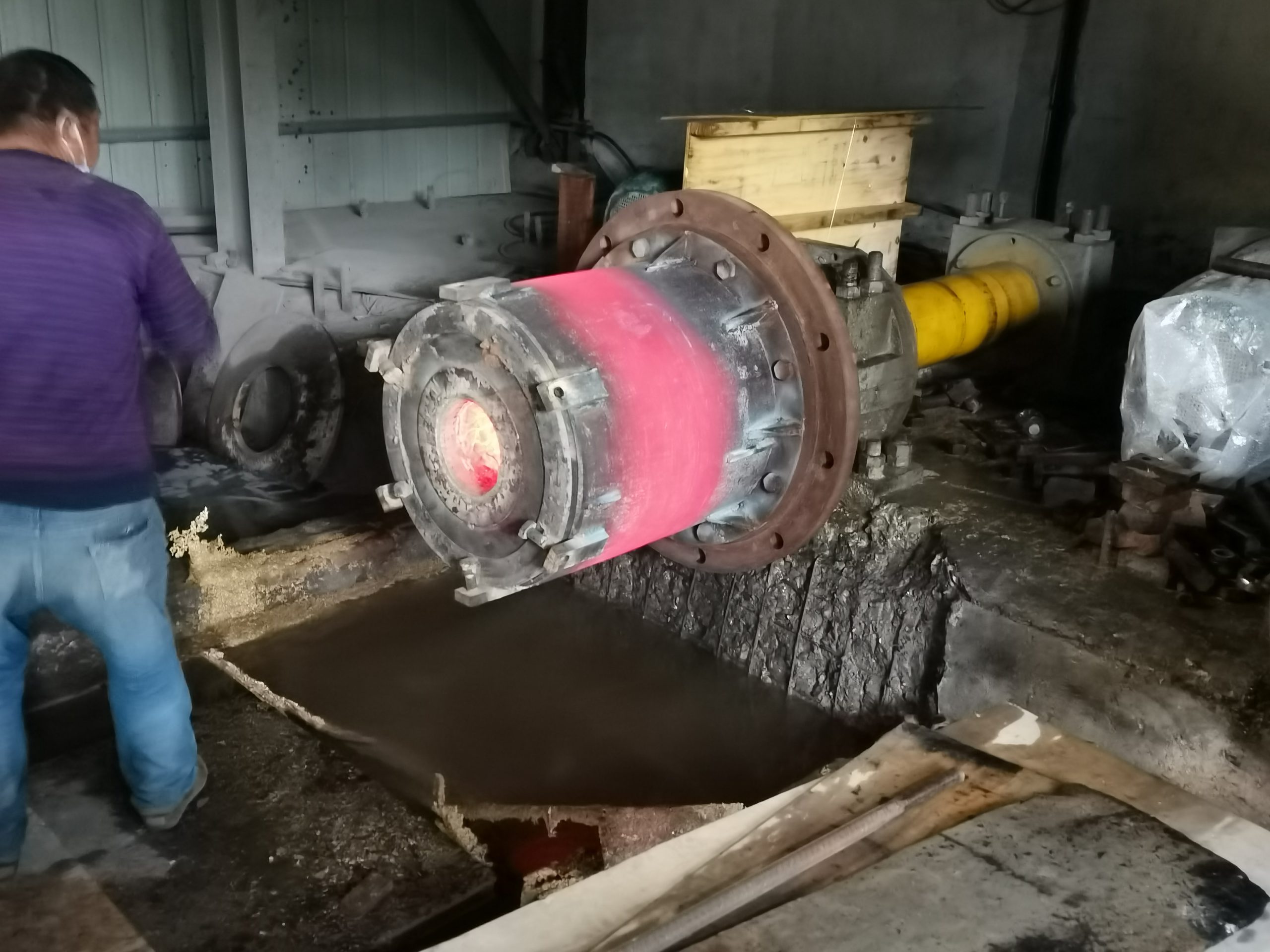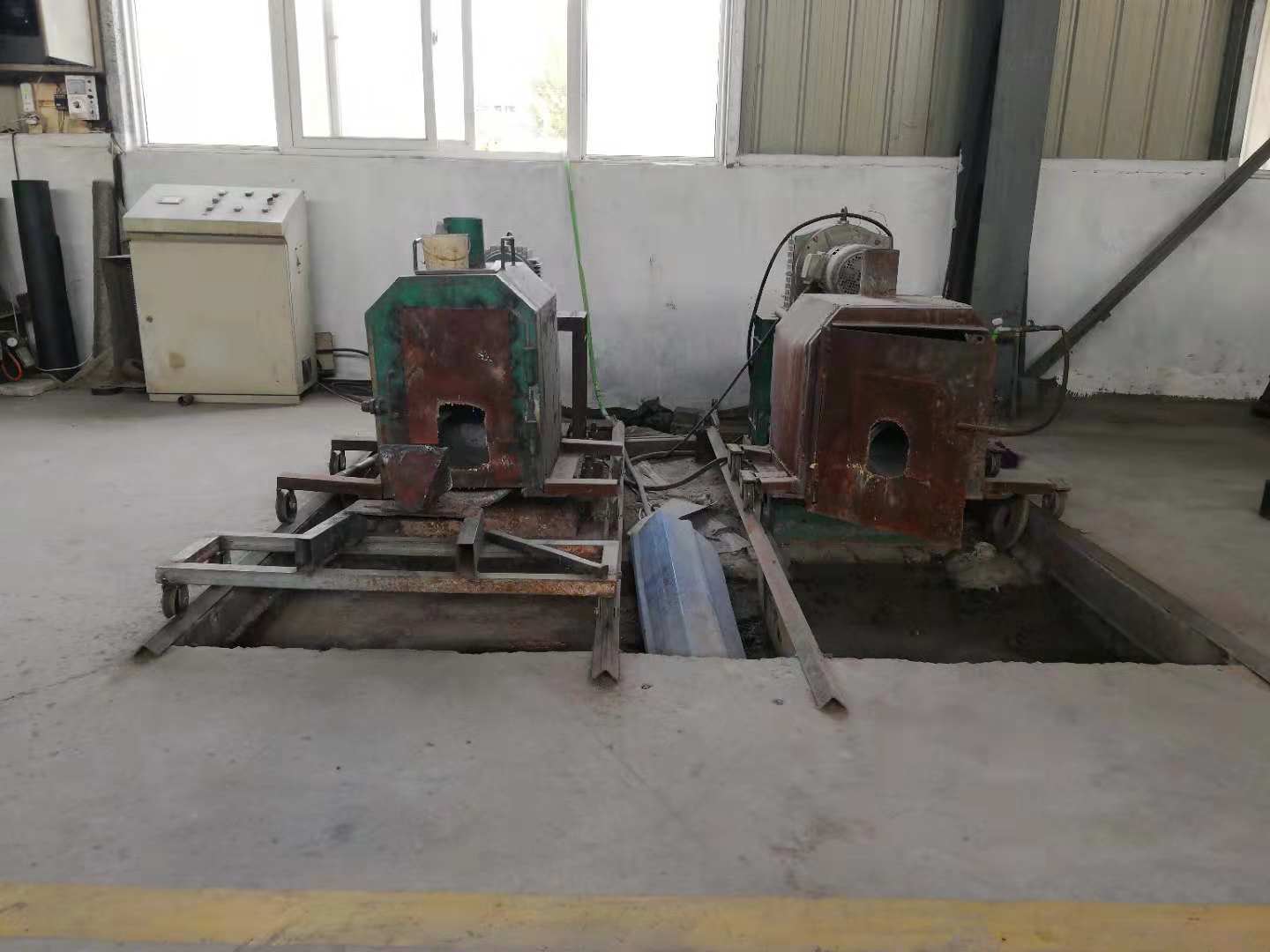
Home > News > Company dynamics > What are the copper casting processes?
There are many copper casting processes, the common ones include the following:
Sand Casting
Introduction: Sand casting is one of the most traditional and widely used casting methods, suitable for casting various copper alloys.
Process: Use sand molds to make molds, pour molten copper into the sand molds, and take out the castings after cooling.
Advantages: Wide adaptability, low cost, and can manufacture large castings with complex shapes.
Disadvantages: Large surface roughness and low precision.
Centrifugal Casting
Introduction: Centrifugal casting uses centrifugal force to press molten copper into the mold, mainly used to manufacture tubular or annular parts.
Process: The copper liquid solidifies in a high-speed rotating mold, with high density and dense structure.
Advantages: The castings have high density, no pores and inclusions, and excellent mechanical properties.
Disadvantages: Suitable for symmetrical parts, large equipment investment.

Continuous Casting
Introduction: Continuous casting is a process of continuously pouring copper liquid and continuously pulling out solidified castings.
Process: The molten copper passes through a water-cooled mold, gradually solidifies and is continuously pulled out to form long strips or wires.
Advantages: High efficiency, low energy consumption, uniform casting structure, suitable for mass production.
Disadvantages: Suitable for relatively simple cross-sectional shapes, large initial investment.
Die Casting
Introduction: Die casting is a casting process that injects molten copper into a metal mold under high pressure, suitable for the production of small and medium-sized complex parts.
Process: Molten copper is quickly injected into a metal mold under high pressure and forms a casting after cooling.
Advantages: High precision, smooth surface, high production efficiency.
Disadvantages: Suitable for the production of thin-walled and complex structural parts, high mold cost.

Investment Casting (Loss Wax Casting)
Introduction: Investment casting, also known as lost wax method, is a casting process used for precision castings, which can produce copper alloy parts with complex shapes.
Process: First make a wax mold, then coat the wax mold with ceramic material to form a shell, and leave a cavity after the wax mold is melted, and then pour the copper liquid.
Advantages: high precision, good surface quality, and can cast small parts with complex shapes.
Disadvantages: high cost and complex process flow.
Low Pressure Casting
Introduction: Low pressure casting is a casting process that pushes molten copper into a mold at low pressure, and is often used in the production of large castings.
Process: The molten copper enters the mold under low pressure, cools slowly, and forms a casting.
Advantages: The casting is dense, has good mechanical properties, and is suitable for the production of large and thin-walled parts.
Disadvantages: The equipment is complex and the mold cost is high.
These casting processes are widely used in machinery, aviation, automobile, electronics and other industries. The selection of a suitable casting process depends on the material, shape, size and use requirements of the casting.
+86 17719955658
AddMazhuang Village, Yuhe Town, Huixian City, Xinxiang City, Henan Province, China
E-maildora@hsjxchina.com
Copyright @ 2025 Haishan Bronze Casting No:84463
Copyright @ 2025 Haishan Bronze Casting
Copyright @ 2025 Haishan Bronze Casting